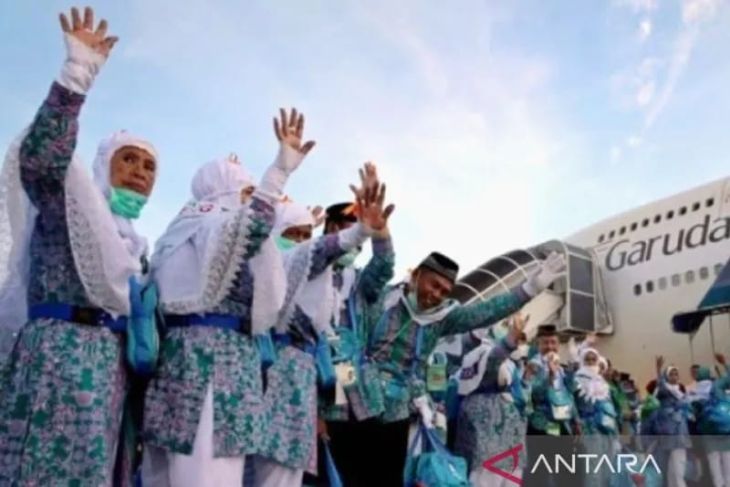15th August 2022
Antara News
URL: https://en.antaranews.com/news/244577/saudi-arabia-expected-to-revoke-hajj-related-age-limit-regulation

Illustration of Hajj pilgrims. (ANTARA/HO-22/rst) Jakarta (ANTARA) – Director General of Hajj and Umrah at the Indonesian Ministry of Religious Affairs Hilman Latief is optimistic of the Government of Saudi Arabia revoking the rules for limiting the age for Hajj for next year’s pilgrims.
He affirmed that the cancellation of the 2020 and 2021 Hajj had resulted in the waiting list for pilgrims being doubled. The waiting list, which was originally 20 years, has now become 40 years, and the waiting list that was originally 30 years has extended to 60 years.
During the 2022 Hajj, the Saudi Arabian government imposed an age limit of 65 years due to which several pilgrims were unable to perform Hajj despite having entered the queue on time.
“Hopefully, Minister Qoumas’ visit to meet with the Saudi minister of Hajj and Umrah would bring disclosure,” Latief remarked.
On the other hand, the Ministry of Religious Affairs will start preparing for the implementation of the 2023 Hajj to mitigate the related costs. The cost of organizing the Hajj (BPIH) is in the range of Rp88 million to Rp102 million for this year.
“The implementation of Hajj in future also requires careful preparations. The cost for this year is quite high at Rp88 million to Rp102 million per person,” he affirmed.
He also expressed optimism that the cost for Masyair’s services (Arafah, Muzdalifah, and Mina) will be more proportional. For this year’s Hajj season, there is an additional Masyair fee of Rp22 million to Rp24 million per pilgrim for four days in Masyair in addition to the predetermined Hajj fee.
“Therefore, Indonesia, with the largest number of pilgrims, will take many steps, including arranging more rational financing from the Saudi Arabian government,” he said.